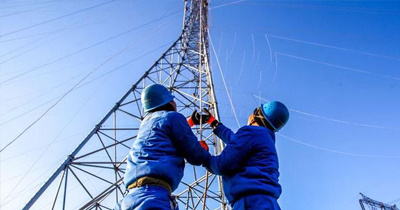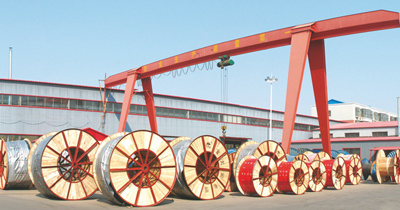Strengthen control over the quality of cable raw materials to enhance cable performance.
For manufacturing companies, the top priority is to strengthen quality control over the raw materials used to produce cables. Raw materials form the very foundation of any product—so if you want to ensure product quality, you must address issues right at the source. The quality of copper conductors, aluminum conductors, and cable compounds directly determines the performance characteristics of wire and cable products. We recommend that companies conduct thorough testing on several critical properties of these raw materials when making purchases—for instance, the DC resistance of copper conductors, as well as the mechanical and dielectric strength properties of cable compounds—ensuring that the materials meet stringent quality standards. Additionally, once the raw materials arrive at the factory, the in-house quality inspection department should rigorously test them by batch to prevent situations where companies prioritize low costs at the expense of material quality.
Secondly, manufacturing companies must strengthen their quality management and enhance their understanding of advanced production technologies. To improve the quality of wire and cable products, companies should first implement comprehensive training programs in quality management and technical skills, covering relevant manufacturing processes and testing standards. By carefully considering all contributing factors, they can establish a robust, integrated quality management and control system. Additionally, it’s crucial to develop effective problem-solving mechanisms for issues that arise during the production process. Companies should also refine their quality documentation, create detailed process cards, and ensure these cards are used exclusively and correctly to prevent errors. Finally, employees must be trained to follow quality protocols rigorously, fostering a strong awareness of quality control throughout the organization.
Once again, manufacturing companies must strengthen their quality inspection and control efforts. Companies should prioritize routine tests, sampling inspections, and final factory inspections, ensuring that inspection procedures are clearly defined and continuously refined. Regular, systematic checks should be conducted on raw materials, semi-finished products, and finished goods—especially emphasizing full coverage of both routine tests and 100% factory acceptance testing. Additionally, any nonconforming samples must be promptly and effectively reworked or repaired. The goal is to identify defects early, analyze root causes swiftly, make timely process adjustments, and enhance management practices—ultimately preventing substandard products from leaving the factory.
For raw and auxiliary material enterprises, it is essential to strengthen collaboration with cable companies, reinforcing research into critical, cutting-edge, and foundational technologies that ensure quality. By driving innovation, we can accelerate the restructuring of the industry and enhance both the quality of products and the overall competitiveness of the sector. At the same time, we must proactively resist illegal and non-compliant practices, fostering the development of a robust product-quality oversight system for the wire and cable industry—and ultimately contributing positively to the growth and reputation of the entire sector.
Tags:
Related News
Primary applications of low-smoke, halogen-free cables










